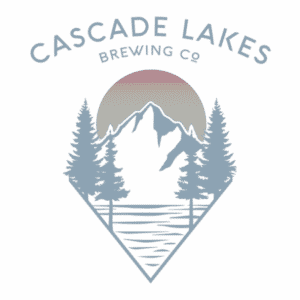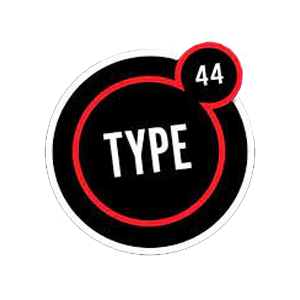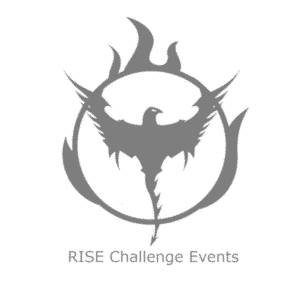Menu
BLOG ARTICLES
Through the Eyes – Geoff Rapoport, Night Orienteering

Geoff Rapoport competed in and finished the 2013, 2014, and 2015 Endeavor Team Challenge. He and teammate Jared Janowiak won the 2013 Endeavor Team Challenge.
How would you describe Night Orienteering?
Night orienteering is the stage that separates those who have come to compete from those who have come to complete. Until this point, you’ve been able to choose to go faster or  slower, but you haven’t had the opportunity to choose how much you want to work. The minimum completion score on night orienteering has historically been two checkpoints. That’s not so bad. For those who are tired, cold and thinking about sleep, it’s easy to pick up two, head to the rally point and go to sleep.
slower, but you haven’t had the opportunity to choose how much you want to work. The minimum completion score on night orienteering has historically been two checkpoints. That’s not so bad. For those who are tired, cold and thinking about sleep, it’s easy to pick up two, head to the rally point and go to sleep.
Have you ever navigated using only a map and compass before and what training did you do to prepare of orienteering?
No experience prior to ETC. No training.
How did night orienteering compare to day orienteering?
In 2015, the smoke reduced visibility at night tremendously. When you’re relying on a tiny chemlight to make the last 100m to your checkpoint, that’s a big problem.
How did fatigue factor into your night nav experience?
If you’re pushing for as many checkpoints as possible, it’s pretty normal to have some hallucination. It’s not dramatic. You just see what you expect to see. I was walking on a road in 2015 and was pretty convinced that a road sign was a person until I got very close. The visibility didn’t help here. Auditory hallucinations are also normal. Embrace the  humor in it.
humor in it.
What would you recommend a competitor do to prepare for night nav?
Get really, really comfortable with reading topo maps. You have to learn to relate a topo map to small terrain features. Anyone can see what a mountain or cliff looks like on a topo map. What does a drainage look like? How about a dry creek bed? 2. Get comfortable with the idea of being wrong. Once you’ve figured out where you think you are on the map, you have to cross-check constantly, because you’ll be wrong at least 10% of the time.











